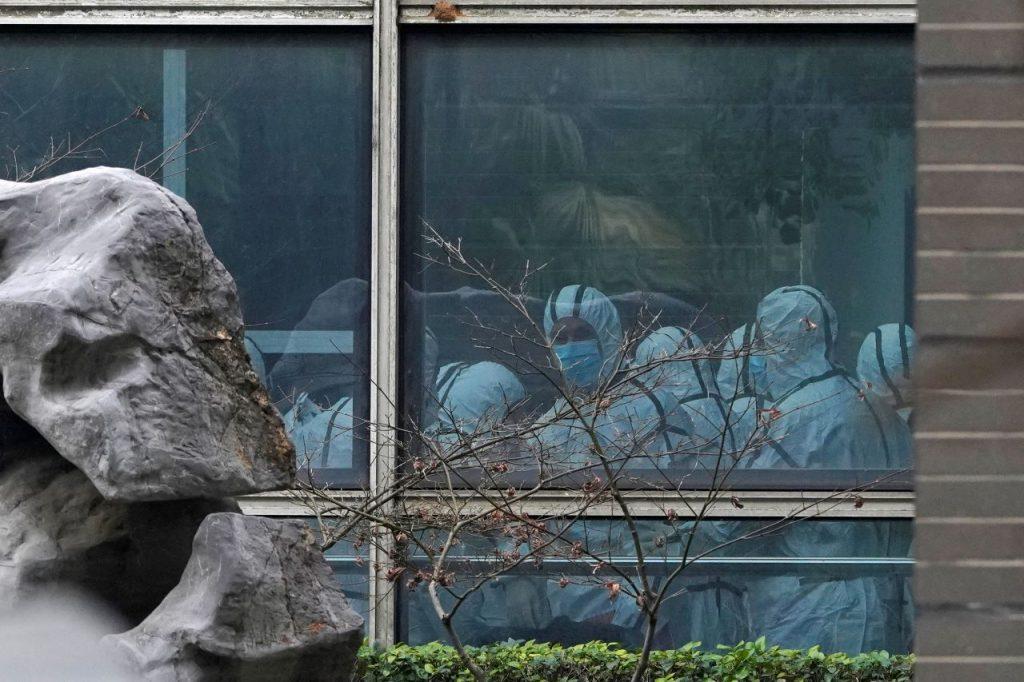It’s the bats, WHO-China study confirms on Covid-19 origins
The report said that highly similar viruses have been found in pangolins, and noted that mink and cats are susceptible to the Covid virus and could be carriers.
Just In
A joint World Health Organization (WHO)-China study on the origins of Covid-19 will say that the international investigating team has declared that transmission of the virus from bats to humans via another animal is the most likely scenario.
Rumours that a lab leak was responsible, are dismissed as “extremely unlikely”, according to a draft copy of the report obtained by The Associated Press.
The findings are largely as expected and leave many questions unanswered. The team proposed further research in every area except the lab leak hypothesis.
The report’s release has been repeatedly delayed, raising questions about whether the Chinese side was trying to slant the conclusions to prevent responsibility for the pandemic falling on China.
A WHO official said late last week that he expected it would be ready for release “in the next few days”.
The report is based largely on a visit by a WHO team of international experts to Wuhan, the Chinese city where Covid-19 was first detected, from mid-January to mid-February.
Peter Ben Embarek, the WHO expert who led the Wuhan mission, said on Friday that the report had been finalised and was being fact-checked and translated.
The Associated Press received what appeared to be a near-final version on Monday. The source was a Geneva-based diplomat from a WHO-member country, who did not want to be identified.
In the report, the research team listed four scenarios in order of likelihood.
They concluded that transmission through a second animal was the most likely way the virus spread.
They evaluated direct spread from bats to humans as likely, and said that spread through “cold-chain” food products was possible but not likely.
The closest known relative of the virus that causes Covid-19 has been found in bats, which are known to carry coronaviruses. However, the report says that “the evolutionary distance between these bat viruses and SARS-CoV-2 or Covid-19 is estimated to be several decades, suggesting a missing link”.
The report said that highly similar viruses have been found in pangolins, but also noted that mink and cats are susceptible to the Covid virus, which suggests they could be carriers.
“I expect that in the next few days, the whole process will be completed and we will be able to release it publicly,” Embarek said.
It wasn’t clear whether the report might still be changed prior to its release.
Subscribe to our newsletter
To be updated with all the latest news and analyses daily.
